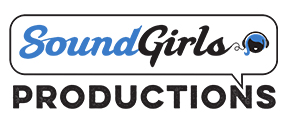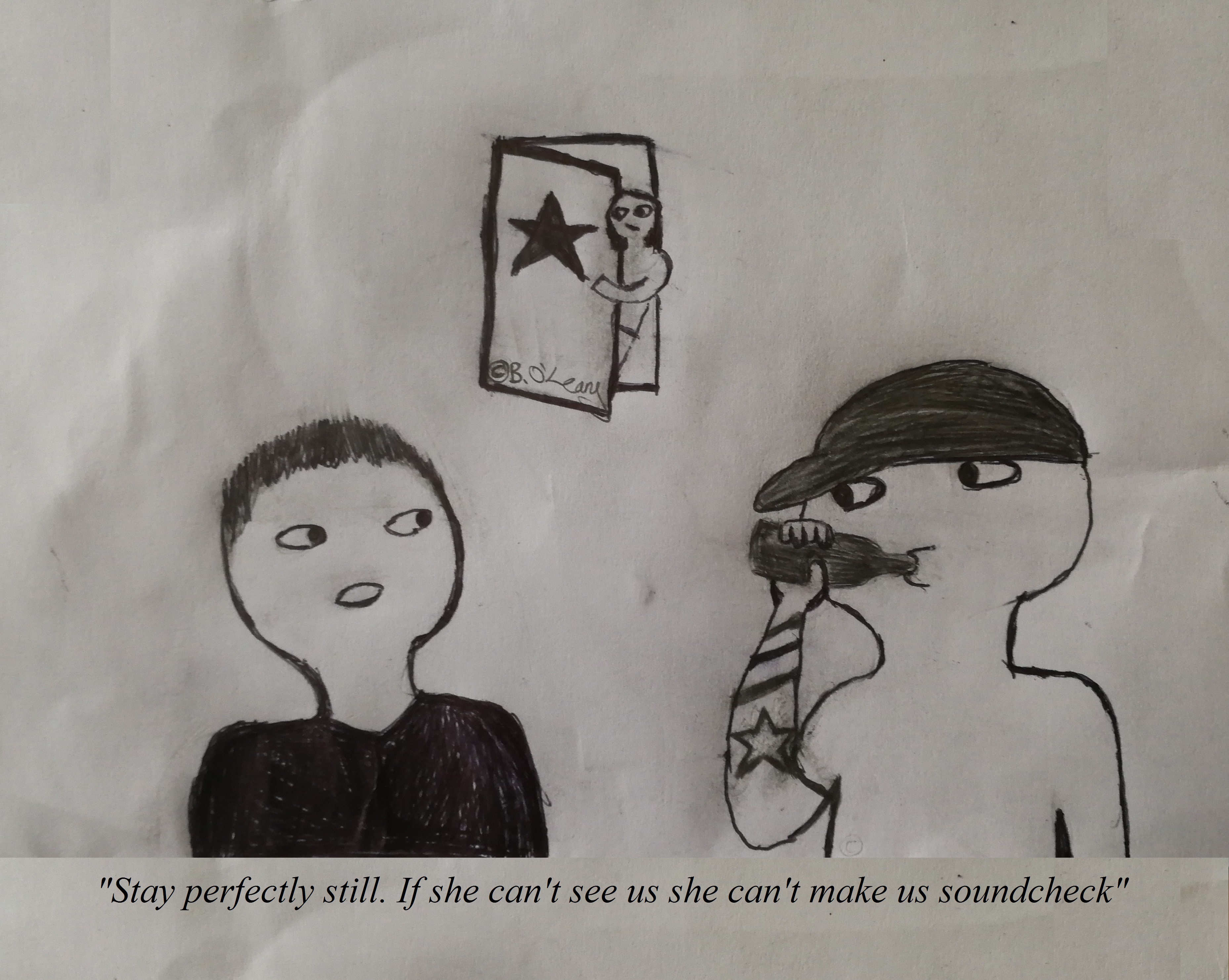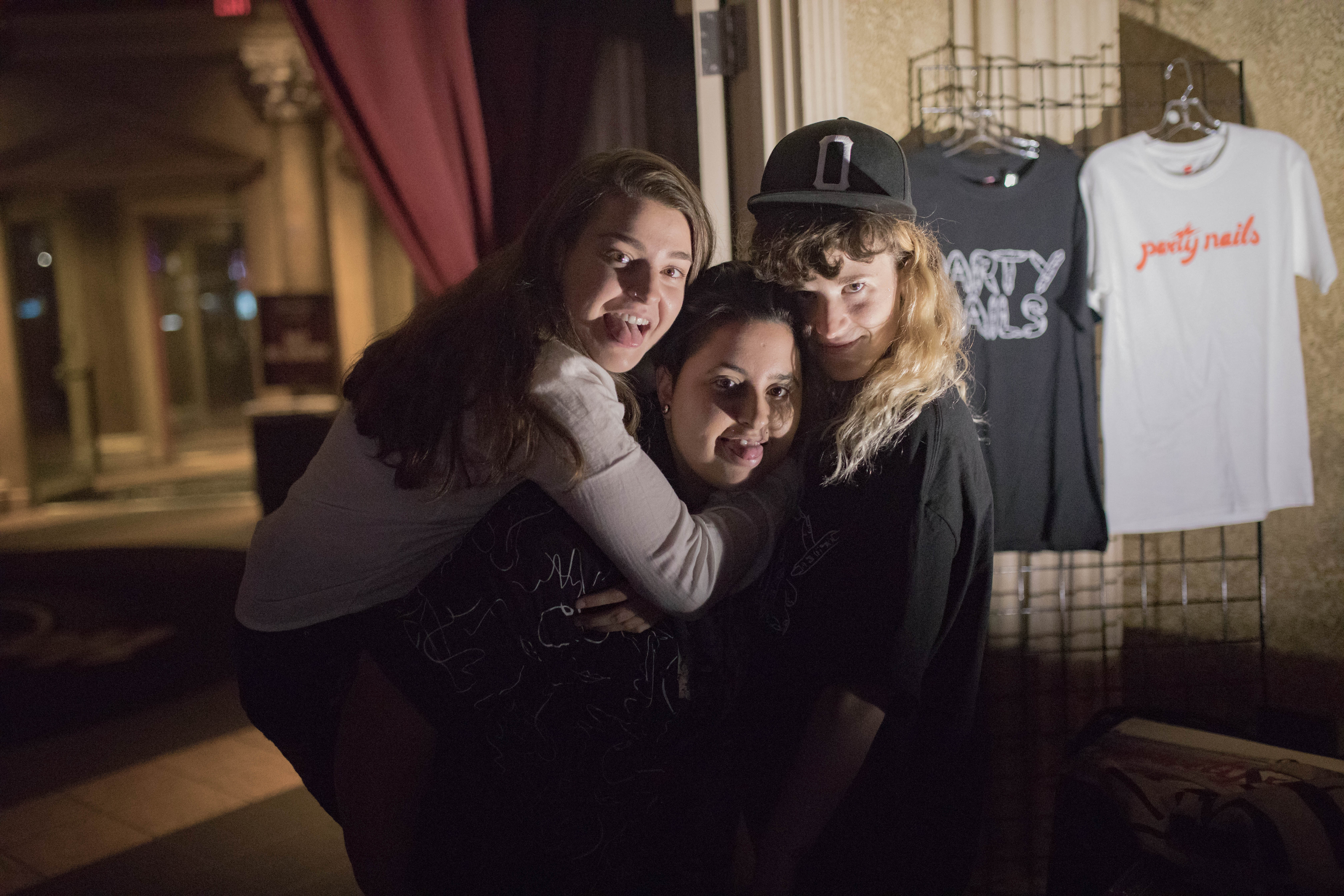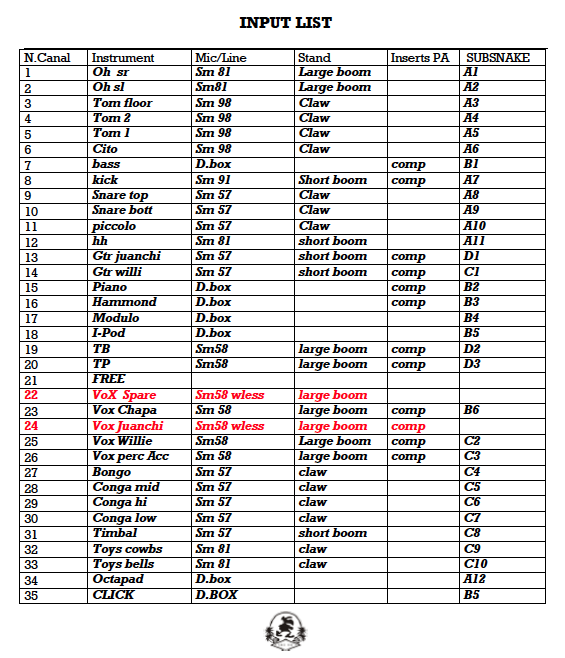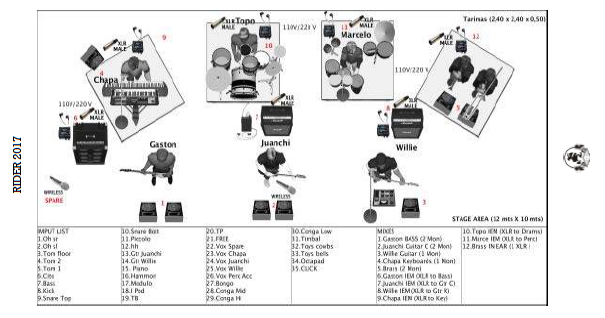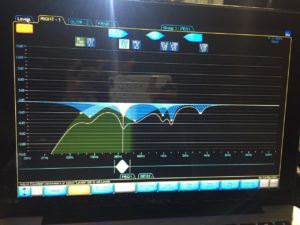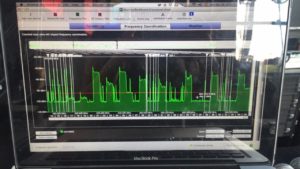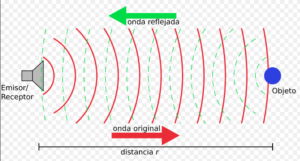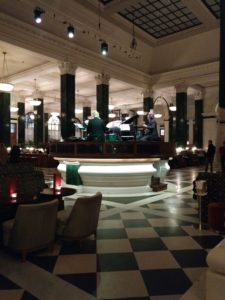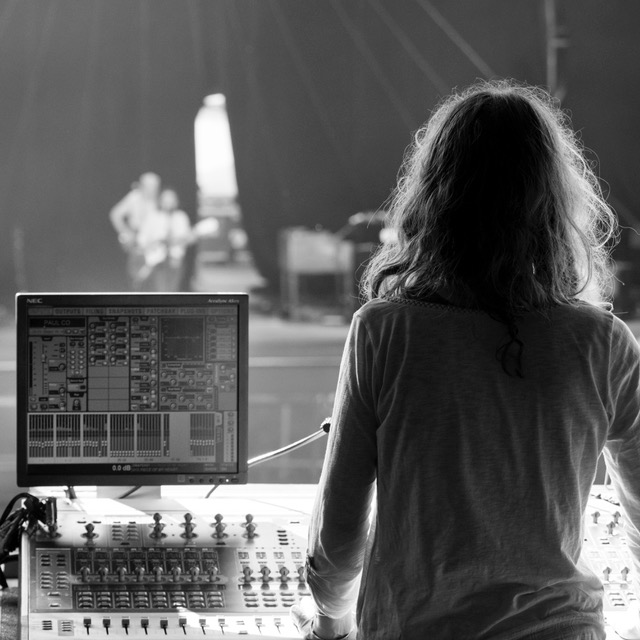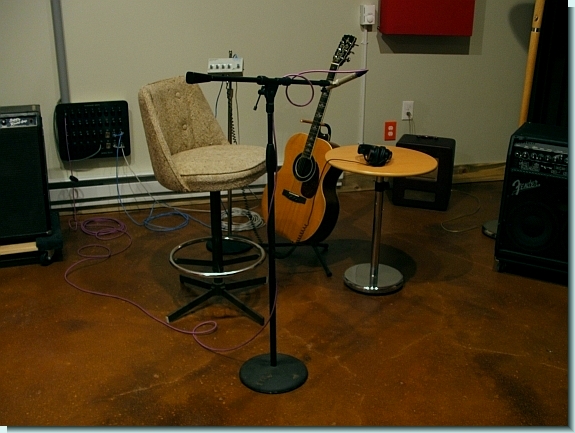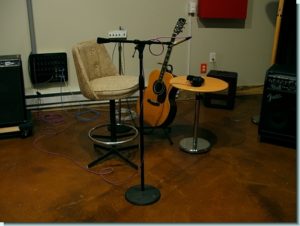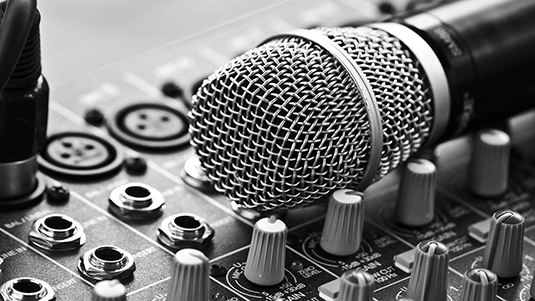Why you should avoid getting emotionally involved on tour. And how it’s impossible not to.
Whenever anyone asks me what the best piece of advice I can give them about surviving on the road, whether it is as a woman or a man, I immediately say don’t get too emotionally involved with the people you are working for…or, in most cases, with. It was the first and most important piece of advice my sound engineering mentor gave me before any technical teachings, and it has sat heavy at the heart of all I do for the past 20 years, albeit repeatedly without success. Let’s face it unless you are made of stone it’s virtually impossible advice to follow. However, it’s worth keeping in mind for the sake of your own wellness when embarking upon a life on the road.
I’m not really talking about getting romantically or physically involved. That of course happens, couples hook up all over the touring community with varying levels of good, bad or ugly outcomes but that’s a different blog in itself. Although I would say, it’s fundamentally a bad idea to hook up with your boss…
I’m also not necessarily talking about making friends on tour. We will all make friends for life doing this job, and we all need people who have so much in common; share the upside-down lifestyle; the cash flow or lack thereof; the in-jokes and jargon that no one else will ever understand. The thing is no one has the capacity to find or maintain that connection on every tour, and most people who are your best buddies for months on end on the road, often at best end up as acquaintances with whom you’re ‘friends with on Facebook, or it feels fantastic to share a quick hug within a random muddy field when you haven’t seen a familiar face in six weeks.
Unfortunately, friendships beyond the tour can be especially tricky for women when we are so in the minority. Reaching out to your male co-workers even in the most innocent capacity can raise eyebrows with their or our real-life partners who might not understand the close-knit family vibe of touring. This can make coming home off tour even harder on our mental health than it is for our male counterparts who can go and have a pint with each other no questions asked. It can be a delicate balancing act.
When you’re on tour, it’s hard not to get too close, be ‘family’ and care too much about the artist(s), the band members, the crew, hell even the management. It can confuse the lines between the job and your personal life. Getting too emotionally involved on tour can be really damaging for you and sometimes your career. But when you’ve been away from home for two months solid, and you’ve been through more ups and downs than with any of your ‘real’ friends or real family back home, how on earth is it possible not to feel like family? You’re thrown together 24/7 for weeks, months, or even years at a time, going through the extremes of emotion with the highs and lows of life on the road, the glamour and the not so glamorous, often while negotiating ‘real’ family crises back home. At the very root of it all, life on tour means missing out on a lot of your ‘real friends and family, so you are bound to compensate for this when thrown together in such close proximity to others. The ad-hoc nature of the work can change the way you behave around people, and you can’t help but put your livelihood at the expense of being yourself to fit in and keep the job. This can result in you giving far too much of yourself than is healthy. But the bottom line is that you would have to have a heart of stone to remain emotionally detached and business-like 24/7 in a touring situation and let’s face it, if you somehow managed to, you could get fired for not being enough of a team player.
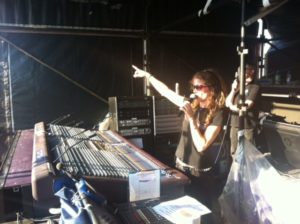 I often tour one on one with teenage female singer-songwriters. We spend literally hours together solely in each others’ company, driving or flying, eating and drinking every meal together. You’re not only there to get them from A-B and help them technically through the show, but inevitably to field questions, give advice ultimately often turning into a life coach. In fact, when all is said and done in these situations you often turn in to each others’ life coaches as it ends up working both ways. I worked for many years with an artist over a decade younger than me who I jokingly referred to as ‘the big sister I never had…’ because she was so wise and thoughtful about the various life crises I had from time to time. It’s such a lovely feeling at the time to have such closeness, and it can feel like being on a big adventure together, but alas, it is ultimately their adventure, and you’re just at work. It’s imperative to keep a healthy outlook and remind yourself that this is just another job otherwise when they turn around and decide they want to work with someone else one, two or ten years later it’s going to feel like getting dumped or divorced, and impossible not to take personally. Unfortunately, this is just another one of the layers of thick skin we need to develop, simultaneously without becoming cold and distant. Impossible? Probably.
I often tour one on one with teenage female singer-songwriters. We spend literally hours together solely in each others’ company, driving or flying, eating and drinking every meal together. You’re not only there to get them from A-B and help them technically through the show, but inevitably to field questions, give advice ultimately often turning into a life coach. In fact, when all is said and done in these situations you often turn in to each others’ life coaches as it ends up working both ways. I worked for many years with an artist over a decade younger than me who I jokingly referred to as ‘the big sister I never had…’ because she was so wise and thoughtful about the various life crises I had from time to time. It’s such a lovely feeling at the time to have such closeness, and it can feel like being on a big adventure together, but alas, it is ultimately their adventure, and you’re just at work. It’s imperative to keep a healthy outlook and remind yourself that this is just another job otherwise when they turn around and decide they want to work with someone else one, two or ten years later it’s going to feel like getting dumped or divorced, and impossible not to take personally. Unfortunately, this is just another one of the layers of thick skin we need to develop, simultaneously without becoming cold and distant. Impossible? Probably.
So how do you keep a balance, how do you have your own adventure without being left bereft at the end? I have a few ground rules that have helped me over the years. Although I will admit, I have felt pretty lost from time to time when the tour has come to an end, and you wake up in the morning with that feeling of nothing and no one, with no day-sheet to keep you on track or remind you what day it is. I don’t know anyone who tours who hasn’t felt like this at some point, but I will say it gets easier with age. However, that sudden lack of schedule, or familiar faces, even if they annoyed the hell out of you on tour, can unhinge even the most experienced road dogs.
The most useful rule I have made is that major life events aside, you avoid socializing outside of the tour, i.e., once it’s finished and you are based back at home, you simply have to politely make your excuses. This puts a very clear line between the tour relationship, and the ‘real life’ one.
The second piece of advice which is probably the hardest to stick at is that you invest as much energy as possible in your friends and family back home ALL of the time. You might not be around very much; you might have missed every single birthday, wedding, anniversary that there is, but you can still make a maximum effort when you are home. With modern technology: Skype, FaceTime, etc. there is no excuse for not keeping up with everything in each others’ lives when you’re on the road. I also find that when your friends realise that there is this sometimes unhealthy dynamic happening in your work life they often find it easier to relate to you and your haphazardness because it kills that inevitable facade of rock n roll glamour that they once thought you were living in. I have very been bad at using touring as an excuse to avoid my real-life commitments as it can be like pure escapism, or you can certainly make it that way, but that’s not a route I would recommend. I often want to hide in my house as soon as I come home, but to be honest, socialising and re-rooting yourself into your homeworld once you’re back home is the best kind of decompression you can do.
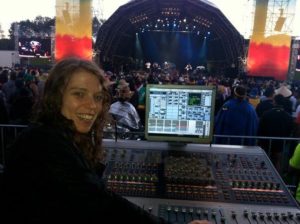 Making sure everyone is aware of your hobbies and interests outside of touring, and remaining invested in them yourself is another way of keeping a slither of separation because if you have a genuine reason not always to be available to people in the downtime and on days off. It also means you have some consistency between home and tour life and something to throw yourself into when you have downtime back home.
Making sure everyone is aware of your hobbies and interests outside of touring, and remaining invested in them yourself is another way of keeping a slither of separation because if you have a genuine reason not always to be available to people in the downtime and on days off. It also means you have some consistency between home and tour life and something to throw yourself into when you have downtime back home.
Finally, sometimes, you may find that you have to resign yourself to giving a lot emotionally on a given tour because it’s the only way the dynamic in that particular case is going to work. Some artists are all about family to get themselves through a tour and won’t work with people who don’t fit in with that. The trick is to learn to gauge the situation on a case-by-case basis whilst always being mindful of protecting your own emotional health. It’s really not an easy balancing act. Not everyone can fit into every different touring mold, and it is, of course, a line of work that very much attracts square pegs.
I’ve often thought about this subject as something that might invariably affect women more than men. Clichés and stereotypes are ringing away here but we are ‘traditionally’ regarded as more in tune with our emotions, more empathic, and on a fundamental level, we care too much. Often these are the very traits that make us exactly the kind of people that are good and healthy to be around on tour, but it can also inflict a higher burden upon us and cause touring to be even a more unhealthy lifestyle. Each tour is obviously different and all these aspects have to be very much played by ear so its really one of those things you can only learn to manage through experience, and by taking responsibility for your own wellness, both physically and emotionally and remembering that tour life shouldn’t be your whole life-as hard/impossible as that can be.
